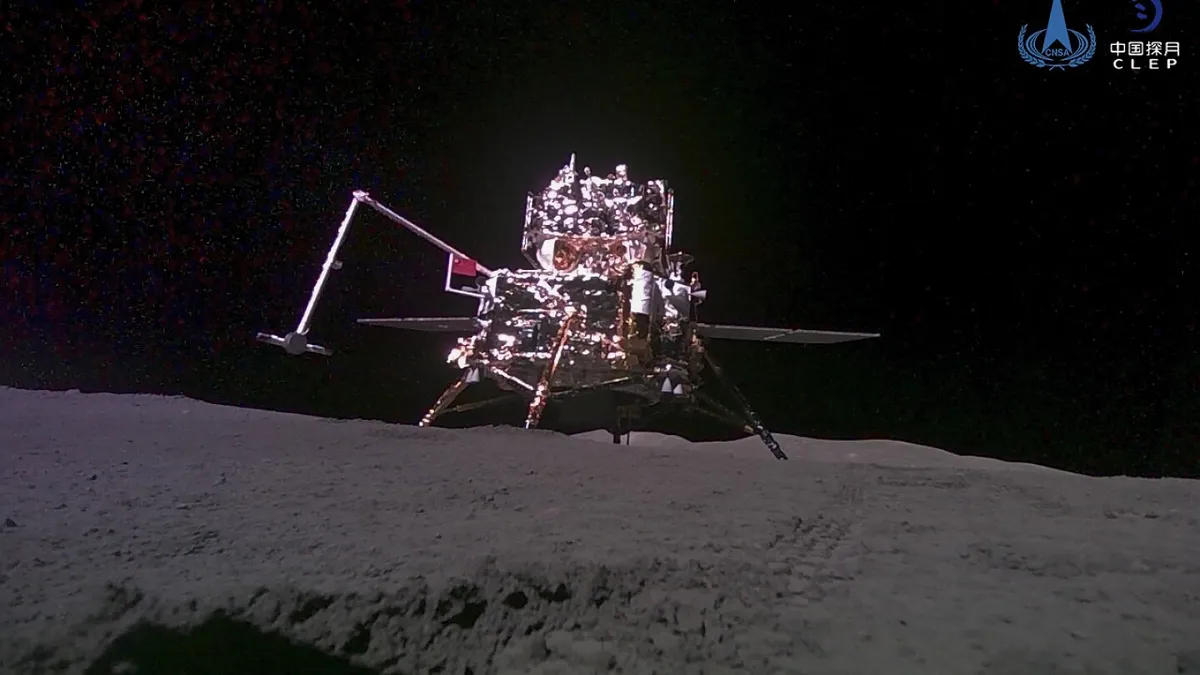
Taipei, Taiwan — In a significant leap for space exploration, China has successfully launched the Tianwen-2 spacecraft, marking a milestone in its ongoing quest to understand the cosmos. The mission aims to return samples from the asteroid 2016HO3, which resides near Mars, and promises to yield groundbreaking discoveries that could expand humanity's knowledge about the universe. This ambitious project was initiated by the China National Space Administration (CNSA) and took off early Thursday from southern China, utilizing the reliable Long March 3-B rocket.
The primary objective of the Tianwen-2 mission is twofold: to collect samples from the asteroid 2016HO3 and to explore the main-belt comet 311P, which is located even further from Earth than Mars. According to Shan Zhongde, the head of the CNSA, this mission signifies a vital step in China's new journey of interplanetary exploration. He emphasized that the decade-long mission is expected to yield “groundbreaking discoveries” that will significantly enhance our understanding of the cosmos.
Samples from asteroid 2016HO3 are projected to be returned to Earth in approximately two years. These asteroids have been selected for their relatively stable orbits and are anticipated to provide critical insights into the formation of Earth, including the origins of water. This follows China's previous historic mission, which successfully returned rock samples from the far side of the moon.
While China has expressed a willingness to engage in international cooperation in space exploration, any collaboration with the United States is contingent upon the removal of an existing American law that prohibits direct bilateral cooperation with NASA. The far side of the moon, known for its rugged mountains and impact craters, poses significant challenges for exploration, making China's previous achievements even more remarkable.
China's space ambitions have been significantly bolstered by the operation of its three-person crewed space station, Tiangong, or “Heavenly Palace.” This development positions China as a key player in a new era of space exploration, particularly as the station is entirely Chinese-built, following the country’s exclusion from the International Space Station due to U.S. national security concerns. The CNSA operates under the auspices of the People's Liberation Army, the military wing of the ruling Communist Party, emphasizing the strategic importance of space exploration for national interests.
Over the past two decades, China's space program has expanded rapidly, notably achieving milestones such as landing an unmanned explorer on Mars and deploying a rover on the far side of the moon. Looking ahead, China aims to put a human on the moon by 2030, with plans for a future Tianwen-4 mission to explore Jupiter, although specific details about this mission remain undisclosed.
The Tianwen-2 mission exemplifies China's commitment to enhancing its capabilities in space exploration and its potential contributions to global knowledge about our universe.